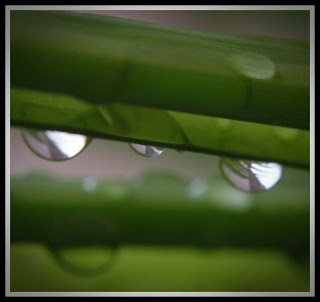 One of the most important part of photography is ''macro photography''...As there are lovers of different branch of photography such as portrait,travel,landscape,wildlife,flowers,nature,digital imaging,street photography, there are a genre of photographers, who love Macro Photography.Otherwise as a subject,anybody can do frequently.
One of the most important part of photography is ''macro photography''...As there are lovers of different branch of photography such as portrait,travel,landscape,wildlife,flowers,nature,digital imaging,street photography, there are a genre of photographers, who love Macro Photography.Otherwise as a subject,anybody can do frequently.
2) In general macro photograph is the closeup of a small thing. In other words, it is the magnification of small object, which cannot be covered by wide,tele,prime or zoom lenses in a normal way. That is made possible by attaching other photography instruments, which are made to attach to the above lenses to get closure to shoot small objects. With these attachments, you will hv to go closure to subjects for shoot, which may, many times, distracts them...Therefore to do independent macro photography, lens and camera mfg companies have made special macro lenses, which are so constructed to keep distance from the subject without horrifying them. However, they are costlier and unless one's aim is to be dependent on macro photography, it is not worth spending 25k and above for good macro lenses..
4) The camera mfg companies are more wise now offering macro settings in compacts, prosumer cameras so u can go as near as 1cm from the subject....The above pieces are for DSLRs.......Go to macro photography. .....to continue.
